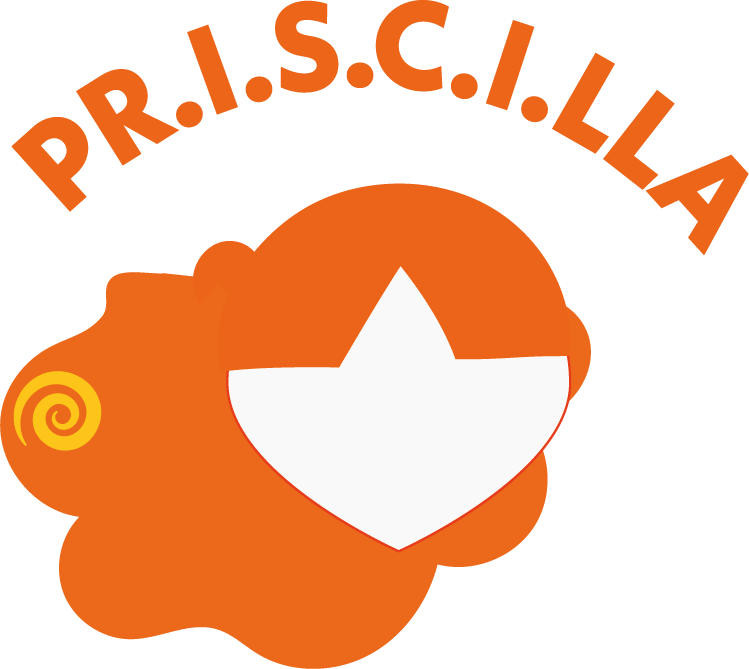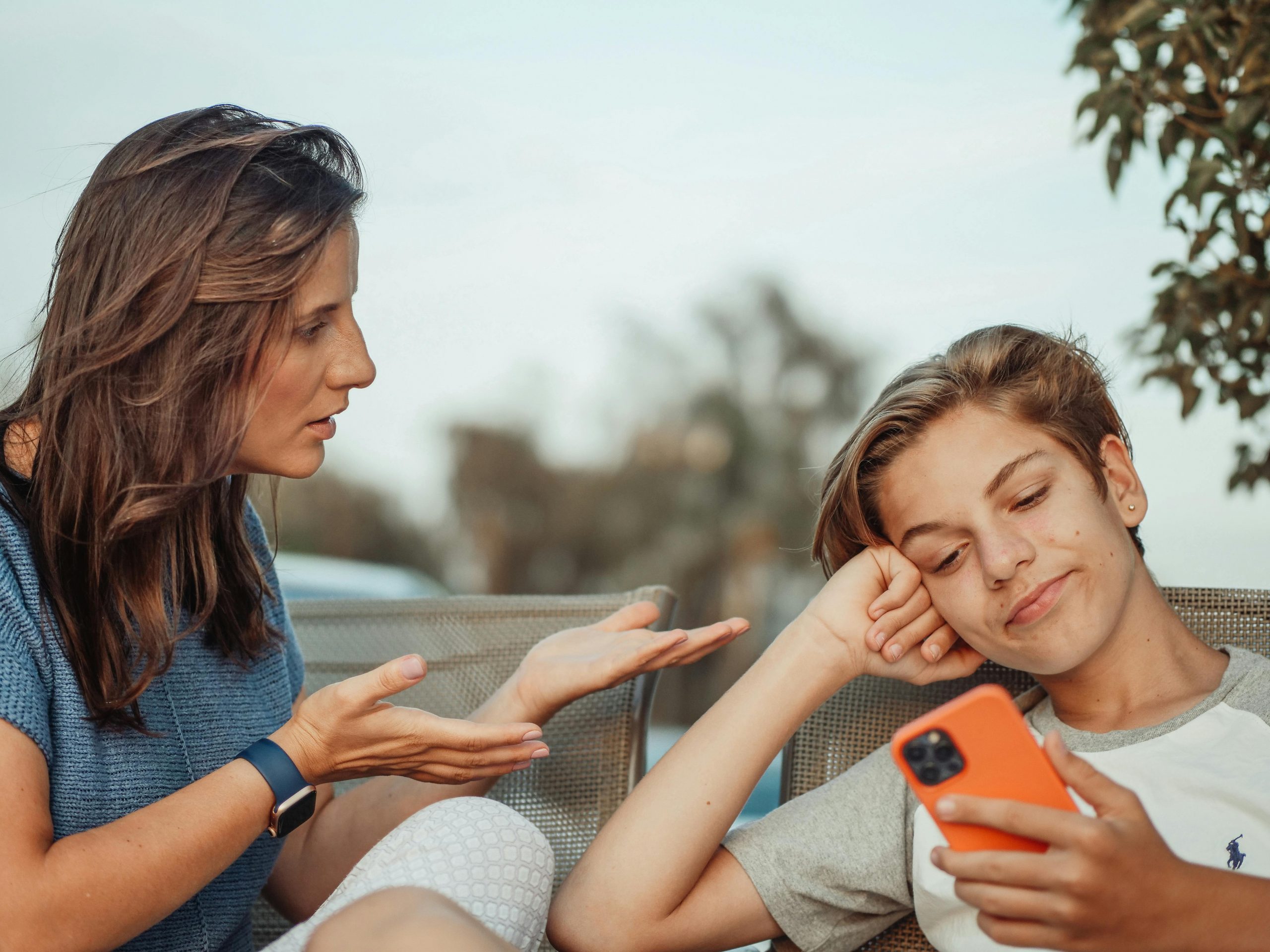In an era in which social media plays a central role in maintaining interpersonal relationships, it is also necessary to pay attention to the risks that come with it, and in this regard, the help of formal and informal carers is undoubtedly essential.
In fact, caregivers, being those who interact most with young people with intellectual disabilities on a daily basis, need tools to support them and to become points of reference in the event of unfortunate incidents of sexual cyberbullying.
It has been found that a person who is socially competent in their professional role is more likely to contribute to maximising not only their own quality of life, but also that of the people with intellectual disabilities they deal with, and this can then be reflected in the latter’s social world, which today is undoubtedly expressed through social media (Bandeira, 2014; Lima, 2014; Pinto&Barham, 2014). This is why it is important to work on the skills of formal and informal carers.
But how can a carer act in practice when faced with a risky situation?
First of all, we can say that, in general, it is possible to intervene through education on the safe use of the internet, continuous monitoring and dialogue, immediate action in the event of specific incidents, seeking professional support and promoting self-esteem, as well as implementing a social network for young people, in order to minimise risks and enhance resources (Ordine degli Psicologi Lombardia, 2021).
In addition, caregivers, whether formal or informal, should work on their self-control to avoid reacting in a dysfunctional way (with excessive anger, distress, hostility, etc.) and maintain the clarity necessary to identify the triggers of the situation and express a certain calm to the young person with intellectual disabilities (Del Prette & Del Prette, 2008, 2013). If the situation of online sexual harassment triggers a conflict between the adult and the young person, then it may be helpful to take some time out, withdraw from the conflict and return to the problem after reflecting on what to do (Ibidem).
Let’s look specifically at useful solutions that caregivers can implement to prevent and deal with the risks of social media:
1) Promote education and awareness (Megan, Moreno, 2013)
– Teaching responsible use of technology, explaining to young people how digital tools work, what information not to share and the risks that arise from using the internet
– Improving communication, making young people feel comfortable in an atmosphere of trust, where they can talk about negative experiences without being judged
– Educating them on the signs of sexual cyberbullying, making it clear that it is not their fault, that they do not have to endure it and that action can be taken
2) Actively taking action and intervening (Polanin et. al, 2022)
– Monitoring online activity, always discussing it with the young person and without doing so secretly; making them understand that this is done to help them and not to control them
– Intervening promptly by blocking, documenting incidents and making appropriate reports to the relevant authorities, such as social media platforms or the school
– Offering emotional support and reassuring the young person, helping them to work through what has happened together
3) Supporting the well-being of the young person and the carer (Cohen, Almagor, 2018)
– Strengthening self-esteem and social skills, not by replacing the young person, but by helping to promote a sense of self-efficacy, standing by their side
– Creating a support network with the school, social services and other local spaces dedicated to young people with intellectual disabilities
– Requesting and accepting help for the carer themselves; their emotional wellbeing is essential in order to deal with these situations effectively
These resources have also been made available in the PR.I.S.C.I.L.LA project, which aims to support both young people with intellectual disabilities and those who care for them. The project offers an active learning programme to help young people use social media and the internet safely and responsibly, and a blended learning course for youth workers and carers, providing them with the skills to support digital inclusion while minimising risks such as cyberbullying and online harassment.
Photo by from Kindel Media from pexels


